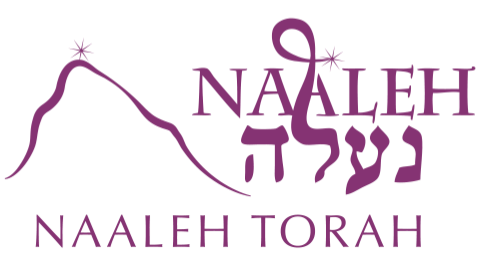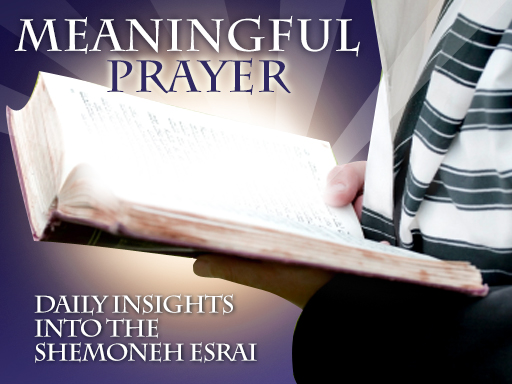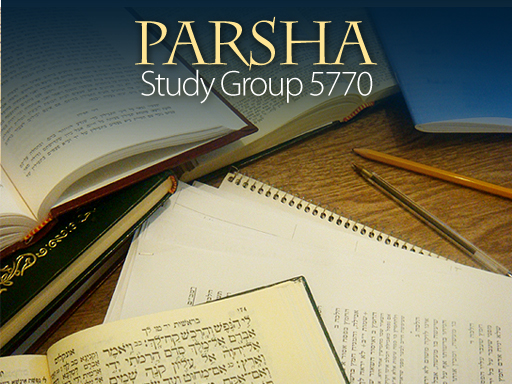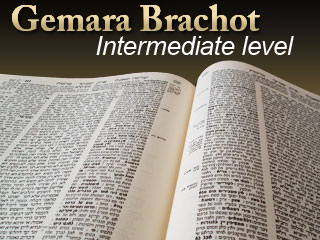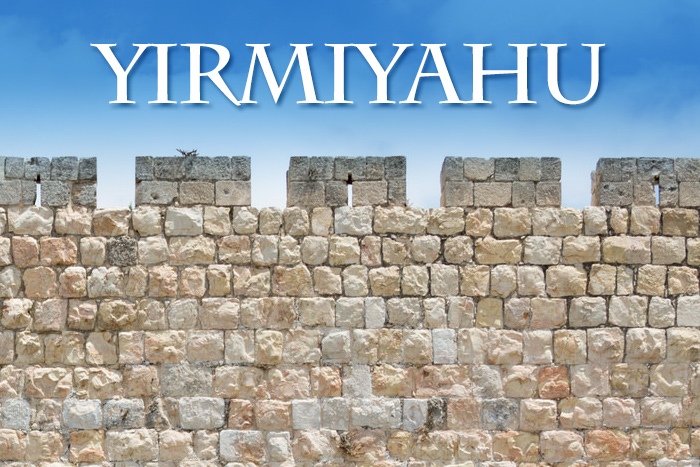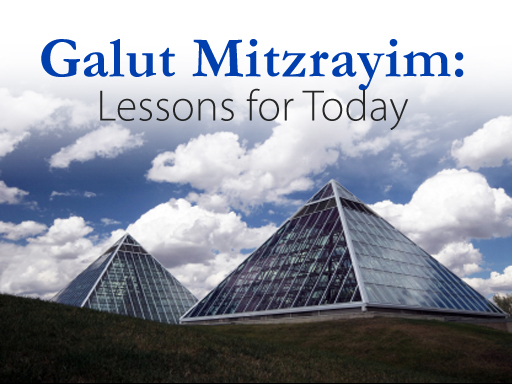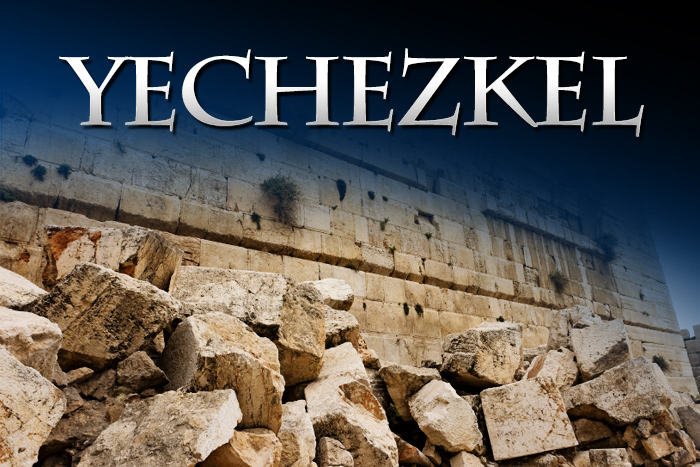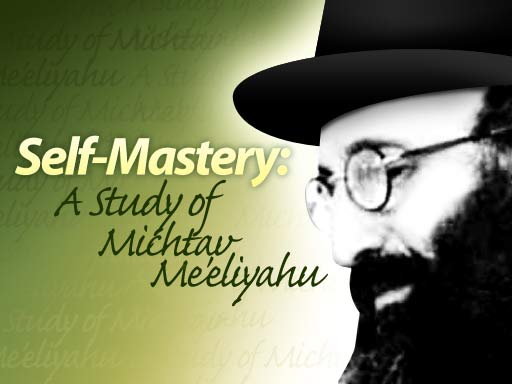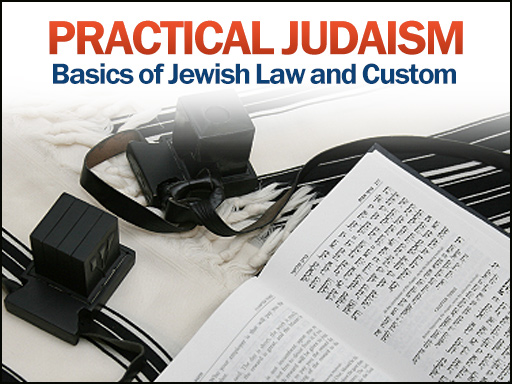Ayin Tova: Being a Positive Person
Posted onIn this Torah shiur (class) on the laws and mindsets relating to proper speech, Rabbi Ginsburg finishes the first half of Sefer Chofetz Chaim, completing a discussion of klal 5. Rabbi Ginsburg sums up the course with chizuk, encouragement, regarding developing a positive attitude towards other people, and trying to view others in a positive light.
